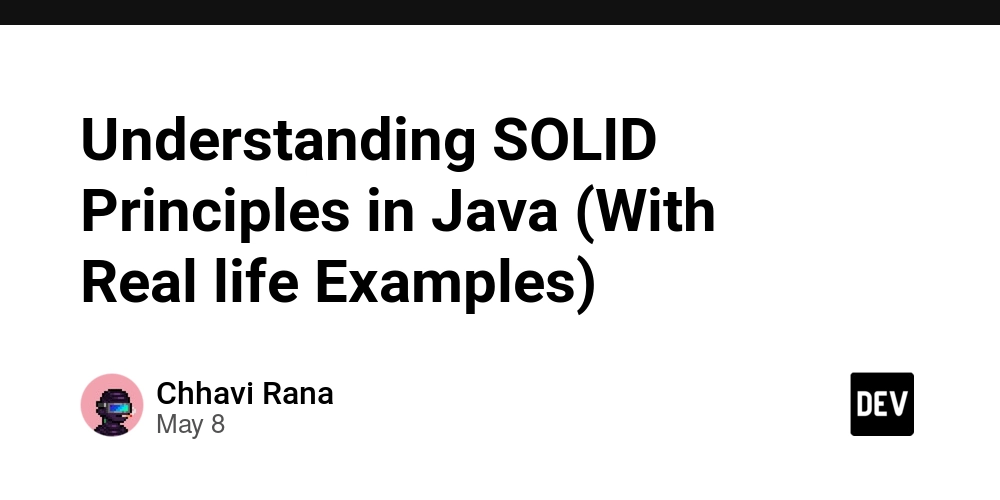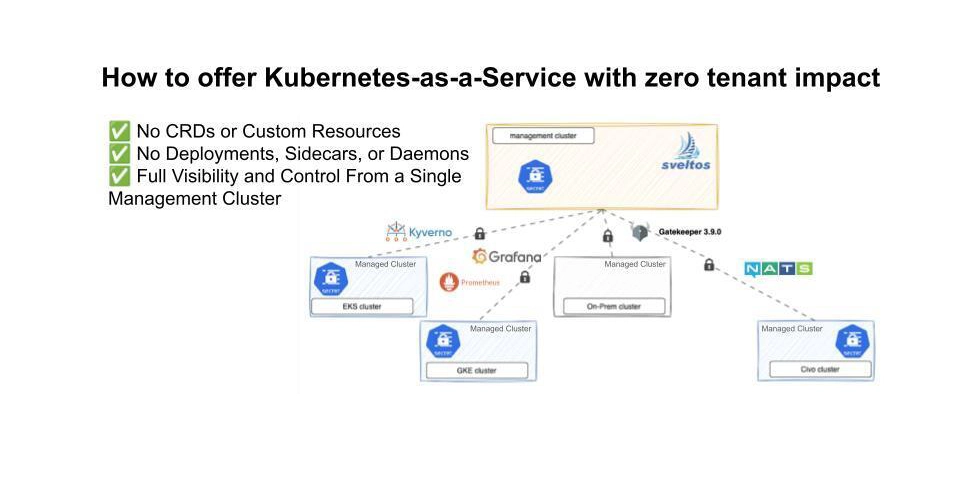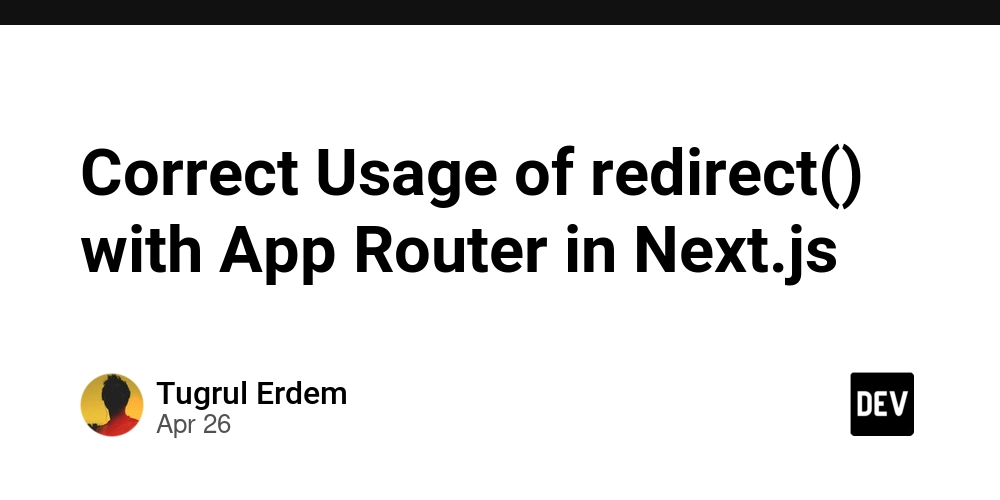How to Create a Grid Layout with Full Row Borders in HTML?
Creating a well-structured grid layout in HTML can be a vital part of web development. You might be looking for ways to implement a grid layout while ensuring that each row is visually distinct by having full row borders, rather than just borders around individual cells. In this article, we will explore how to achieve this effectively. Understanding the Grid Layout The CSS Grid Layout is a powerful tool that enables developers to create complex web layouts with ease. The problem you've encountered arises when attempting to give a clear separation between rows using borders without affecting the individual cells. Instead of applying borders to each cell, we need a different approach to make the entire row's border visibly distinct. A traditional method of creating a grid is through the use of display: grid; combined with properties like grid-template-columns and grid-template-rows. However, for borders, applying them individually to each cell results in a cluttered appearance. Therefore, our solution involves customizing the layout to draw borders around the row as a whole. Implementing Full Row Borders To create a grid layout with full row borders, we will need to change our markup slightly and adjust our CSS. Instead of applying the border to each box or cell, we should apply it to a parent container that groups the cells together. Here’s a step-by-step breakdown of how to do this. Step 1: Modifying the HTML Structure First, we need to wrap each row of grid boxes within a div. This enables us to apply a border to the row instead of individual boxes. Here is the updated HTML code: One Two Three Four Five Six Step 2: Applying the CSS Styles Next, let’s update our CSS to accommodate this new structure by adding styles for the row wrapper and ensuring the boxes are laid out correctly without individual borders: .wrapper { display: grid; grid-template-rows: repeat(2, auto); } .row { display: grid; grid-template-columns: repeat(3, 1fr); border-bottom: 2px solid #ffa94d; } .box { padding: 1em; text-align: center; } Explanation of the Code HTML Structure: Each row is now contained within its own div with the class row. This allows for a single border to encompass the whole row instead of just individual cells. CSS Structure: The .wrapper keeps the overall grid layout, while each .row uses display: grid; to line up the boxes within that row. The border is applied to the .row class, ensuring that the entire row has a border at the bottom. Final Look When you implement the above code, it should render a grid with visible borders separating each complete row. This approach enhances the visual separation without complicating your layout. Frequently Asked Questions (FAQ) What if I want to change the border color? You can easily change the border color by modifying the border-bottom property in the .row class. Can I add more rows dynamically? Yes! You can dynamically add rows by inserting more div class="row" wrappers with the relevant boxes inside. How do I modify the number of columns? To change the number of columns, simply adjust the grid-template-columns property in the .row CSS class. For example, to have four columns, you can use grid-template-columns: repeat(4, 1fr);. By using the outlined methods for creating a grid layout with full row borders, you can enhance the user interface of your web applications and create an organized aesthetic that is easy to navigate. We hope this guide provides clarity and enables you to effectively use grid layouts in your projects.

Creating a well-structured grid layout in HTML can be a vital part of web development. You might be looking for ways to implement a grid layout while ensuring that each row is visually distinct by having full row borders, rather than just borders around individual cells. In this article, we will explore how to achieve this effectively.
Understanding the Grid Layout
The CSS Grid Layout is a powerful tool that enables developers to create complex web layouts with ease. The problem you've encountered arises when attempting to give a clear separation between rows using borders without affecting the individual cells. Instead of applying borders to each cell, we need a different approach to make the entire row's border visibly distinct.
A traditional method of creating a grid is through the use of display: grid; combined with properties like grid-template-columns and grid-template-rows. However, for borders, applying them individually to each cell results in a cluttered appearance. Therefore, our solution involves customizing the layout to draw borders around the row as a whole.
Implementing Full Row Borders
To create a grid layout with full row borders, we will need to change our markup slightly and adjust our CSS. Instead of applying the border to each box or cell, we should apply it to a parent container that groups the cells together. Here’s a step-by-step breakdown of how to do this.
Step 1: Modifying the HTML Structure
First, we need to wrap each row of grid boxes within a div. This enables us to apply a border to the row instead of individual boxes. Here is the updated HTML code:
One
Two
Three
Four
Five
Six
Step 2: Applying the CSS Styles
Next, let’s update our CSS to accommodate this new structure by adding styles for the row wrapper and ensuring the boxes are laid out correctly without individual borders:
.wrapper {
display: grid;
grid-template-rows: repeat(2, auto);
}
.row {
display: grid;
grid-template-columns: repeat(3, 1fr);
border-bottom: 2px solid #ffa94d;
}
.box {
padding: 1em;
text-align: center;
}
Explanation of the Code
-
HTML Structure: Each row is now contained within its own
divwith the classrow. This allows for a single border to encompass the whole row instead of just individual cells. -
CSS Structure: The
.wrapperkeeps the overall grid layout, while each.rowusesdisplay: grid;to line up the boxes within that row. The border is applied to the.rowclass, ensuring that the entire row has a border at the bottom.
Final Look
When you implement the above code, it should render a grid with visible borders separating each complete row. This approach enhances the visual separation without complicating your layout.
Frequently Asked Questions (FAQ)
What if I want to change the border color?
You can easily change the border color by modifying the border-bottom property in the .row class.
Can I add more rows dynamically?
Yes! You can dynamically add rows by inserting more div class="row" wrappers with the relevant boxes inside.
How do I modify the number of columns?
To change the number of columns, simply adjust the grid-template-columns property in the .row CSS class. For example, to have four columns, you can use grid-template-columns: repeat(4, 1fr);.
By using the outlined methods for creating a grid layout with full row borders, you can enhance the user interface of your web applications and create an organized aesthetic that is easy to navigate. We hope this guide provides clarity and enables you to effectively use grid layouts in your projects.






















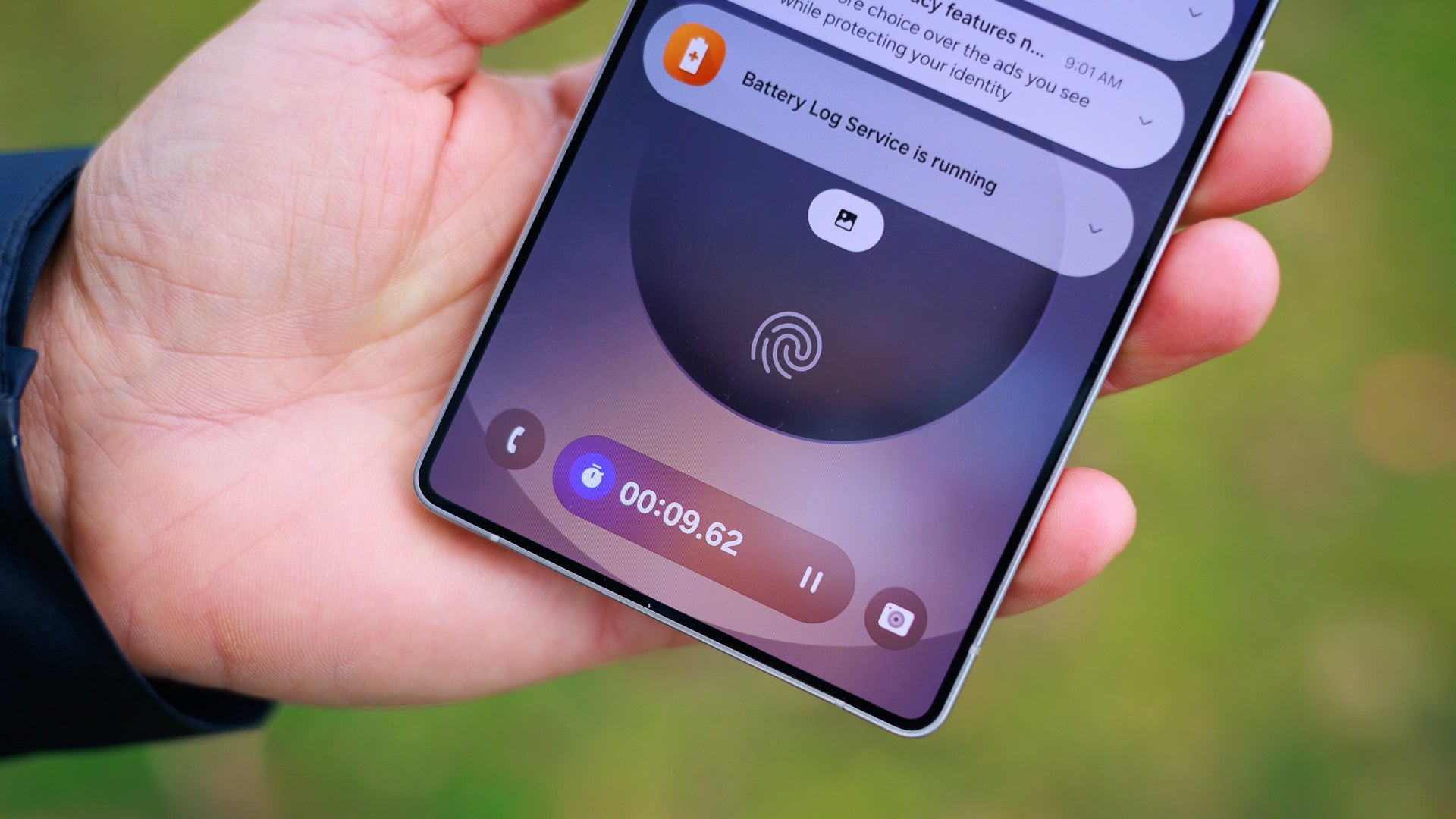



















































![Beats Studio Pro Wireless Headphones Now Just $169.95 - Save 51%! [Deal]](https://www.iclarified.com/images/news/97258/97258/97258-640.jpg)





























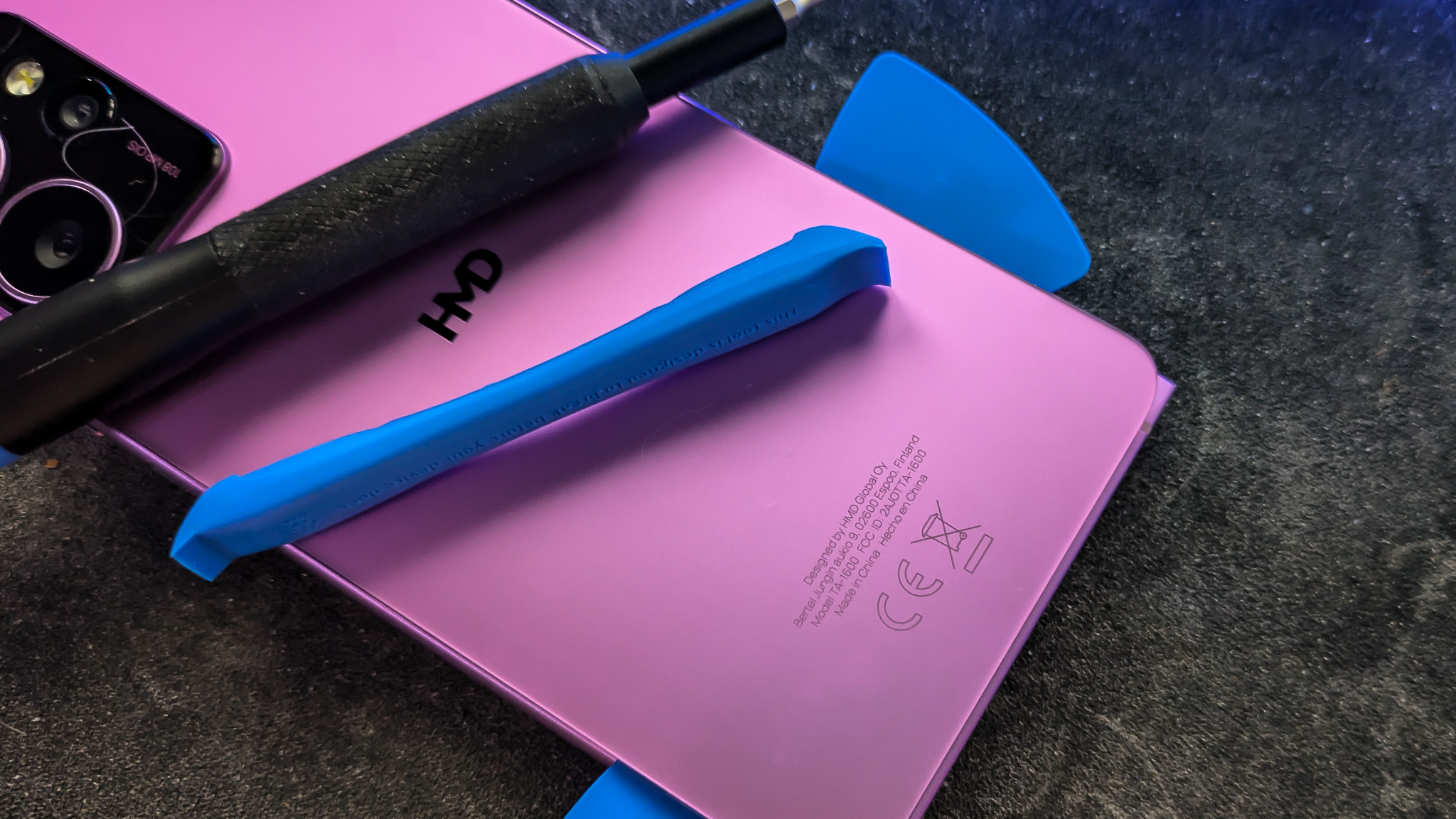
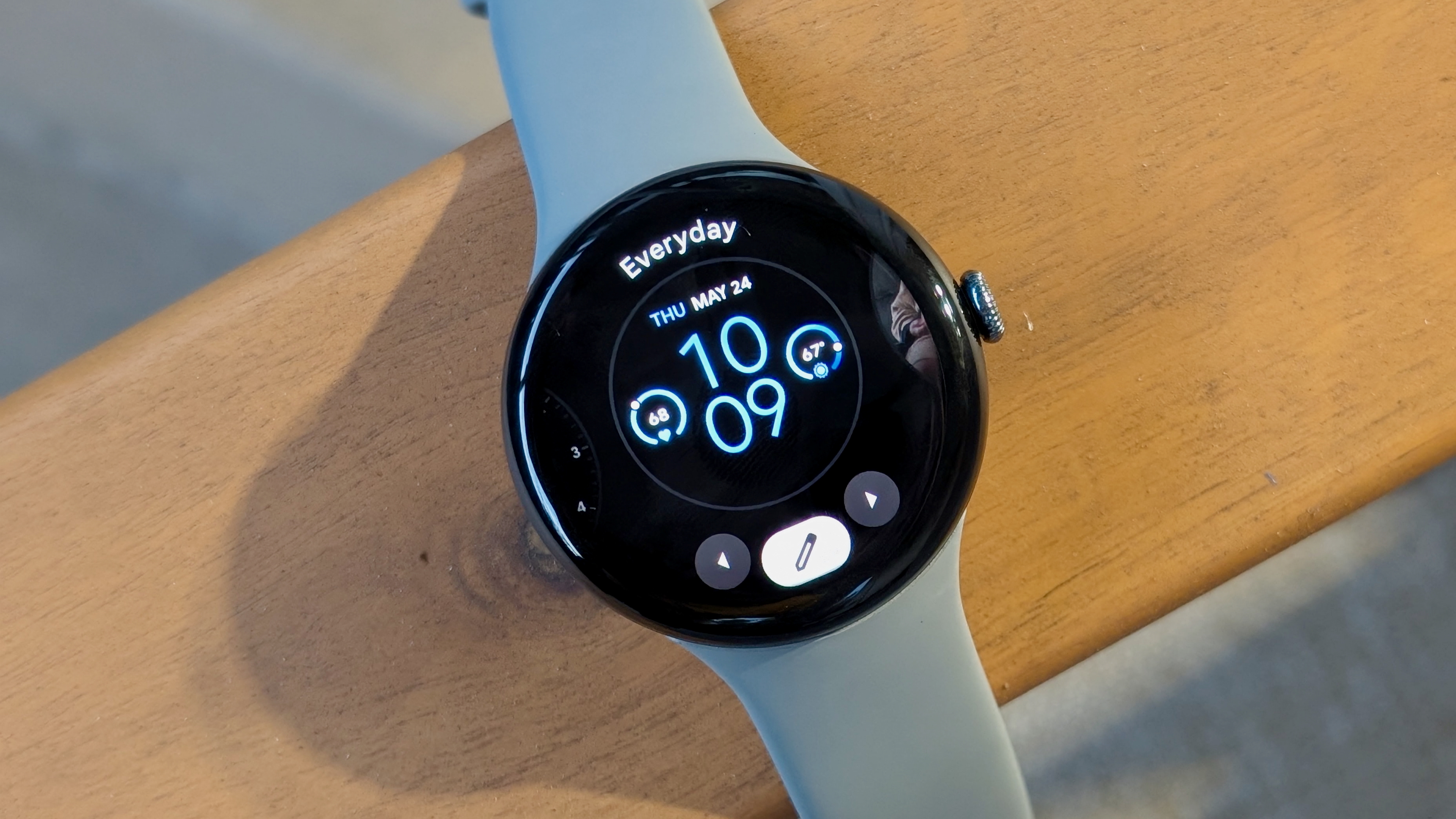


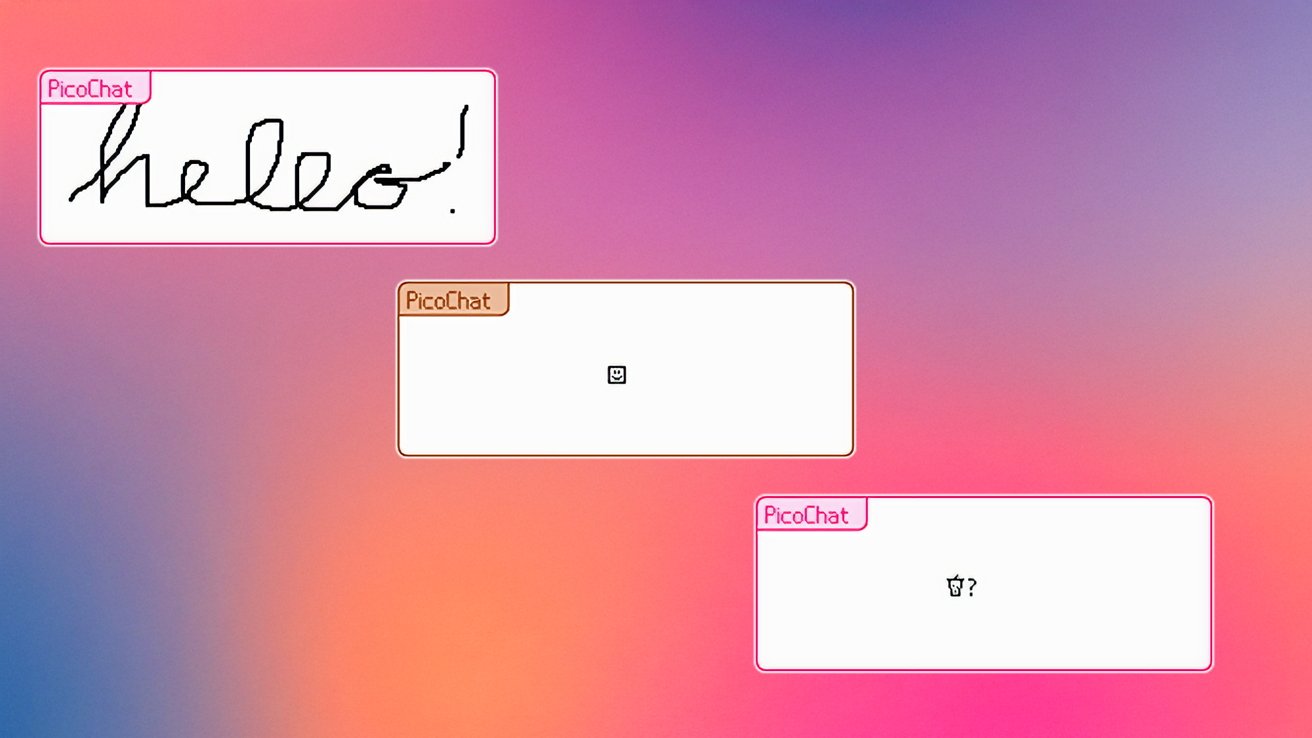













































































































































































































![[The AI Show Episode 146]: Rise of “AI-First” Companies, AI Job Disruption, GPT-4o Update Gets Rolled Back, How Big Consulting Firms Use AI, and Meta AI App](https://www.marketingaiinstitute.com/hubfs/ep%20146%20cover.png)


















































































































